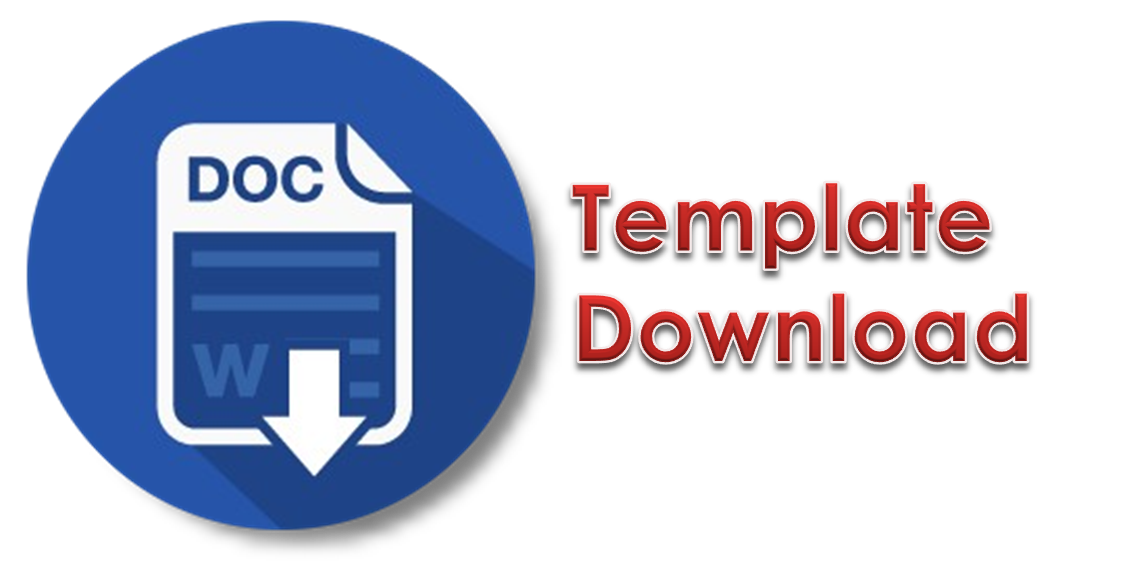A Study Of Discourse Markers In EFL Students’ On Argumentative Text
DOI:
https://doi.org/10.31100/dikdas.v3i1.576Kata Kunci:
Discourse Markers (DMs), Students’ English Writing, Argumentative textAbstrak
This research was to find out: (1) the types of discourse markers used by the EFL students in argumentative text and (2) the functions of discourse markers used by the EFL students in argumentative text. This research employed a descriptive qualitative method. The respondents of this research were the second grade of EFL students; the total students were 30 students. The research data were collected by using an instrument namely writing activity. The writing consisted by argumentative text. The data were analyzed qualitatively. The first important finding from this research was about the types of DMs used by the students’ in three kinds of different text, there are 30 types of DMs used by the students in the comparison and compare text and the second important finding was there are four category of functions used by the students in writing activity, they were contrastive markers, inferential markers, elaborative markers, and additional subclasses markers. Despite the fact that DMs can create a smooth talk or make the conversation more natural, the students should be able to use DMs wisely in term of fluency and coherence measured in the students’ writing.
Penelitian ini dimaksudkan untuk menemukan: (1) jenis pemarkah wacana yang digunakan oleh siswa dalam penulisan teks argumentatif dan (2) fungsi dari pemarkah wacana yang ada dalam penulisan teks argumentatif. Penelitian ini menggunakan metode deskripsi kualitatif. Sampel dalam penelitian ini adalah siswa kelas dua dengan jumlah siswa ada 30 siswa. Data dalam penelitian ini diambil dengan menggunakan sebuah instrumen yang bernama kegiatan menulis. Dalam kegiatan menulis ini menggunakan teks argumentatif, Data yang terkumpul dari kegiatan menulis ini kemudian akan di analisa secara kualitatif. Hal penting pertama yang telah ditemukan dalam penelitian ini adalah jenis pemarkah wacana yang digunakan oleh siswa dalam tiga jenis teks yang berbeda, bahwa ada 30 jenis pemarkah wacana dalam teks argumentatif, Hal penting kedua yang telah ditemukan dalam penelitian ini adalah ada empat fungsi pemarkah wacana yang digunakan oleh siswa dalam kegiatan menulis, yaitu pemarkah perbedaan, pemarkah kesimpulan, pemarkah uraian, dan yang terakhir adalah pemarkah tambahan. Meskipun kenyataannya bahwa pemarkah wacana dapat membuat percakapan itu menjadi halus atau membuat percakapannya menjadi lebih lazim seperti kebiasaan, siswa seharusnya juga dapat menggunakan pemarkah wacana dengan bijak dalam kelancaran dan memperhatikan hubungan satu kata dengan kata lain dalam tulisan mereka.
Referensi
Aidinlou, N. A, and Mehr. H. S. 2012. The Effect of Discourse Markers Instruction on EFL Learners’ Writing. Iran: Department of English Language and Linguistics, Islamic Azad University.
Aijmer, K. 2002. English discourse particles. Evidence from a corpus. Amsterdam/Philadelphia: John Benjamins.
Degand, L. 2010. On Describing Polysemous Discourse Markers. What does translation add to the picture? University Catholique de Louvain. [Online] Available: http://www.uclouvain.be/cps/ud/doc/vailbel/documents/Degand-polysemy-proofread.pdf.
Fraser, Bruce. 2002. An Approach to Discourse Markers. Journal of Pragmatics. Vol. 14, Issue 3. [Online] Available: Http://Dx.Doi.Org/10.1016/0378-2166 (90)90096-V.
. 1990. “An approach to discourse markersâ€. Journal of Pragmatics 14: 383-395.
. 1998. Contrastive Discourse Markers in English. In: Jucker & Ziv(eds): Discourse Markers [C]. John Benjamin’s Publishing Company, 1998:301-326.
Gay, LR. 2006. Educational Research; Competencies for Analysis and Application. USA: Charles E. Merril Publishing.
Gerard, S. 2000. Discourse Markers. Centre for Applied Linguistics. Learning English online at Warwick.
Halliday, M. A. K. 2000. Introduction to Functional Grammar. Foreign Language Teaching and Research Press. Beijing.
Halliday, M.A. and R. Hasan. 1976. Cohesion in English. London: Longman.
Schiffrin, D. 1987. Discourse Markers. Cambridge: Cambridge University Press.
Schiffrin, D., et al. 2002. The handbook of discourse analysis. Wiley-Blackwell.


